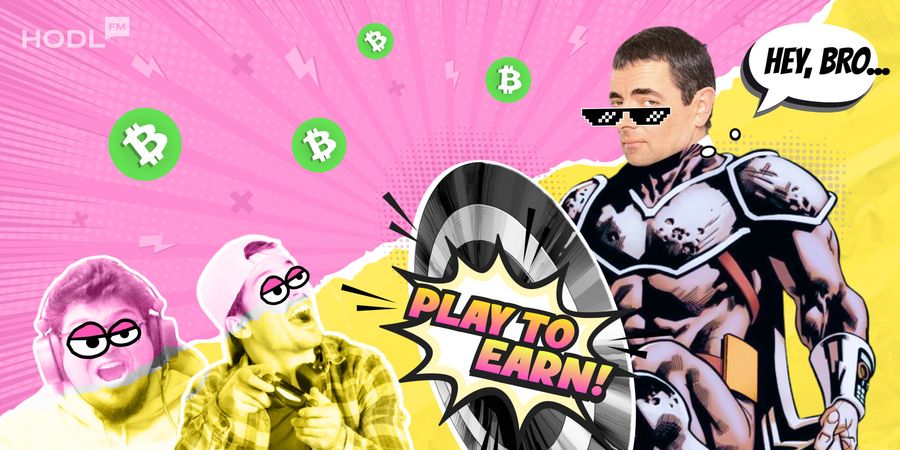GameFi, short for “Game Finance,” is a rapidly growing sector in the world of blockchain technology and gaming. It’s a combination two of the best things on earth: gaming and earning money- but without the need for a suit and tie (unless you’re into that sort of thing).
Seriously, GameFi is a new kind of gaming experience that lets you earn cryptocurrency while playing your favorite games. You can now make money while having fun! Within the GameFi world, players can rake in some sweet real-world economic incentives by completing in-game tasks, participating in tournaments, and performing other actions within the game. All that is possible without leaving your gaming chair. Let’s go a bit deeper to get a better understanding of what is what. So, what is that thing called GameFi?
What is GameFi?
GameFi is a concept that involves the combination of game mechanics, blockchain technology, and non-fungible tokens in a digital space where gamers can engage and make profits. It is built on top of blockchain technology, a decentralized system that enables secure and transparent transactions without the need for a central authority. Most HODLers know about it based on this description, but blockchain has more to offer. This technology has enabled the creation of decentralized games, where players can interact with each other and the game in a trustless and decentralized manner as well as lucrative in-game economies.
The GameFi ecosystem is built on the principles of real-world economic incentives. This means that players can earn cryptocurrency for performing valuable actions within the game, such as completing quests or defeating bosses. The cryptocurrency earned can then be used to purchase in-game items, trade with other players, or be exchanged for other cryptocurrencies or fiat money. A bit of cryptocurrency knowledge is recommended for better managing your gains.
Play-to-Earn (P2E) is the most exciting aspect of GameFi that has been gaining popularity recently. P2E games reward players with cryptocurrency or other real-world economic incentives for completing in-game tasks, participating in tournaments, and performing other actions within the game. This means that you can earn actual money while playing games – talk about a win-win situation! In P2E games, the more you play and achieve, the more you earn. The introduction of P2E games has not only provided a new way for gamers to earn money but has also opened up a whole new market for emerging economies. With the rise of blockchain technology, P2E games are quickly becoming one of the most exciting new projects in decentralized gaming.
Related article Play-To-Own vs Play-To-Earn: Understanding the Difference
Another one of the coolest things about GameFi is that it lets you TRULY own your in-game assets – and we are not just talking about those digital swords and shields. In traditional games, you can spend hours (and your hard-earned money) collecting rare items, only to have them taken away from you when the game shuts down. Thanks to blockchain technology, all your in-game assets are stored securely and written your name on them as a figure of speech. This means you have complete ownership and control over your assets, just like you would with your car or house. And let’s be real – who wouldn’t want to be the proud owner of a virtual castle or a fleet of spaceships? With GameFi, the sky’s the limit of what you can own.
Here is all you need to get started with GameFi: a device that lets you play games (your phone, your laptop, your sick gaming PC, etc), and a crypto wallet such as MetaMask to integrate with the particular game you are interested in.
A Brief History of GameFi and Play-to-Earn
Traditional video games have had in-game economies for years, but it was not until the advent of blockchain technology that players gained true ownership of their in-game assets. The first game to use this model was launched back in 2014. The game, called Huntercoin, was a blockchain-based game that allowed players to earn cryptocurrency by collecting coins and competing against other players.
It took a bit more for more complex GameFi projects to emerge. The earliest GameFi projects emerged around 2017, with games like Cryptokitties paving the way for the integration of blockchain technology in gaming. Cryptokitties allowed players to collect, breed, and trade digital cats as NFTs on the Ethereum blockchain, demonstrating the potential for blockchain technology to enable true ownership and control over in-game assets. The popularity of Cryptokitties helped to drive the mainstream adoption of cryptocurrencies and blockchain technology, and paved the way for the rise of GameFi. Another early GameFi project is Rollercoin, which launched in 2018 and allows players to earn Bitcoin by completing mini-games, and Chainers.io, a blockchain-enabled game that allows players to collect digital assets and earn cryptocurrency.
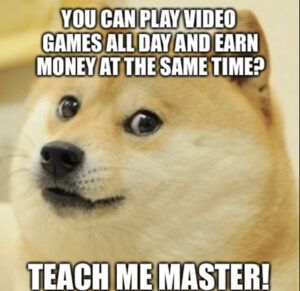
How Does GameFi Work?
As mentioned earlier, GameFi utilizes blockchain technology to create decentralized games that offer real-world economic incentives to players. But how exactly does it work?
First, let’s take a look at the basic components of a blockchain-based game. In a blockchain network, each block contains a set of transactions that have been verified by the network’s nodes. These transactions can include anything from sending cryptocurrency to other users to completing in-game tasks and earning rewards.
In a GameFi game, players complete various in-game tasks to earn cryptocurrency rewards. These tasks can range from simple actions like clicking a button to more complex challenges that require players to use their skills and knowledge. For example, in the popular game Axie Infinity, players breed and battle fantasy creatures called Axies to earn the native cryptocurrency AXS.
Related article: The Best P2E Games in 2023
Once a player completes a task and earns a reward, that transaction is recorded on the blockchain network. Because the blockchain is decentralized, meaning that no single entity controls it, the transactions are secure and cannot be tampered with. This ensures that players can trust that their rewards are legitimate and cannot be manipulated.
Another key component of GameFi is the use of non-fungible tokens (NFTs). NFTs are unique digital assets that are stored on the blockchain network. In GameFi games, NFTs are often used to represent in-game items or characters that players can collect, trade, and use in the game. Because each NFT is unique and cannot be replicated, they have become a valuable asset in the gaming world.
Popular Play-To-Earn Games
Now that we’ve covered the basics of how GameFi works, let’s take a look at some of the most popular play-to-earn games. In random order:
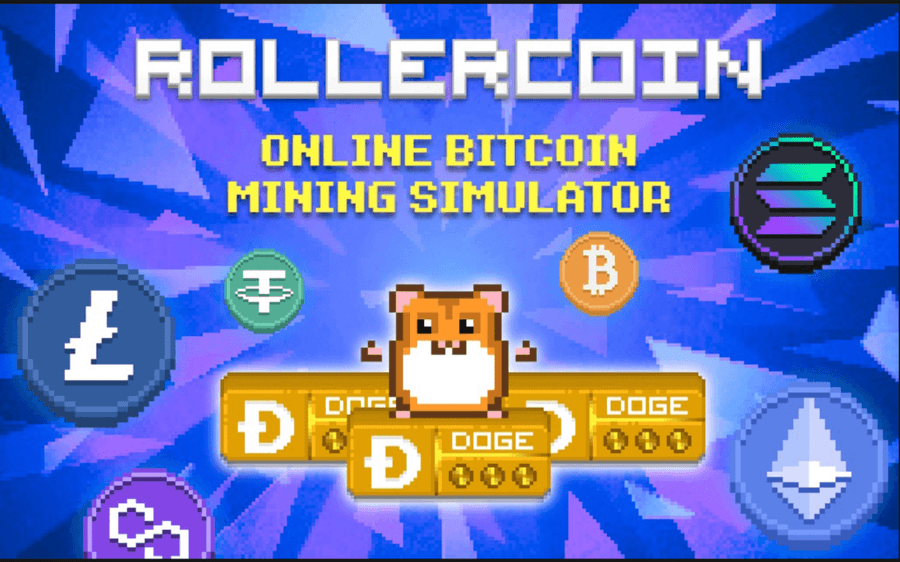
Rollercoin
Rollercoin is a free online game that allows players to earn cryptocurrency by completing various mini-games. The game is set in a virtual world where players can customize their avatars and compete against other players in games like Flappy Rocket and Crypto Memory.
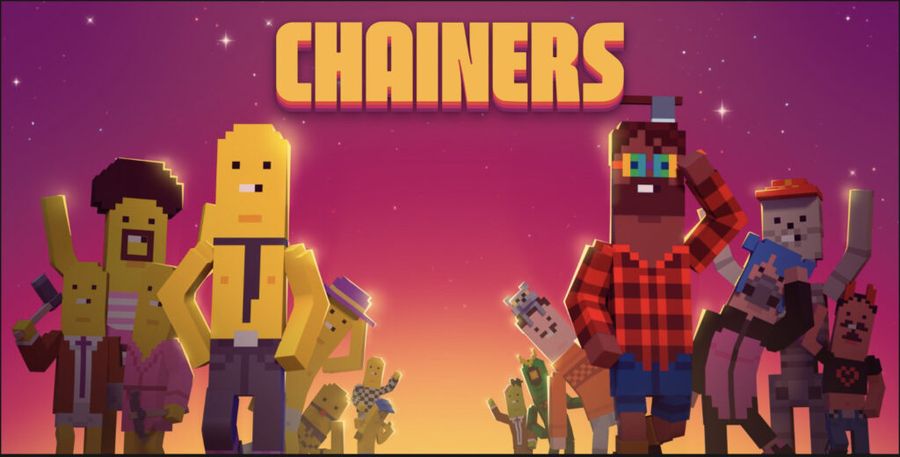
Chainers.io
Chainers.io is a blockchain-based strategy game that allows players to earn cryptocurrency by building and managing their own virtual cities. Players can mine resources, construct buildings, and train soldiers to defend their cities against other players.

Axie Infinity (AXS)
Axie Infinity is a popular NFT-based game where players breed, battle, and trade fantasy creatures called Axies. Players can earn the native cryptocurrency AXS by competing in battles and breeding Axies with desirable traits.
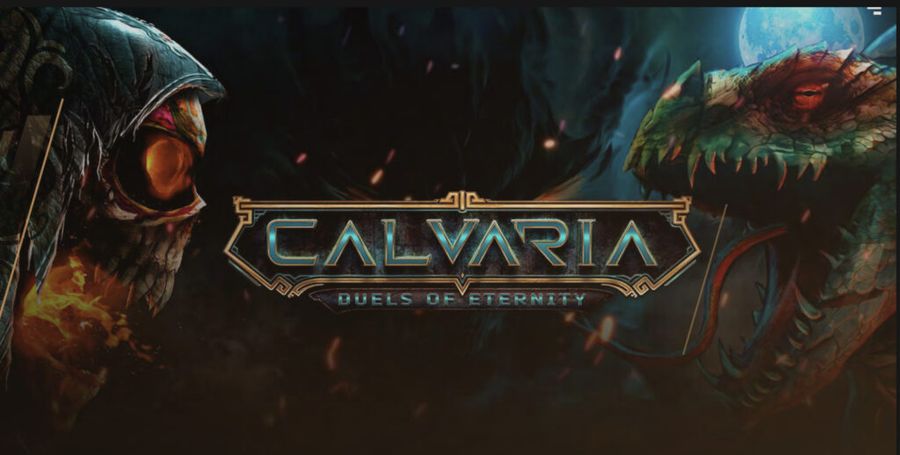
Calvaria (RIA)
Calvaria is a new play-to-earn game that is currently in development. The game is set in a post-apocalyptic world where players can earn cryptocurrency by completing quests and fighting against other players. The game is unique in that it uses a hybrid blockchain network that combines the security of a public blockchain with the scalability of a private blockchain.
The Future of GameFi
The GameFi market is expected to continue to grow in the coming years, with new projects and games being developed all the time. As more players discover the benefits of earning cryptocurrency while playing games, it is likely that the GameFi industry will become a major player in the gaming world.
As the market for blockchain-based games continues to grow, we can expect to see more new projects and emerging markets adopt the GameFi model. Already,
GameFi is still in its early stages, but it has already shown significant market growth. As more players become interested in Play-To-Earn games, we can expect to see many new projects emerge in the space. The decentralized gaming market is still relatively untapped, and there is a lot of room for growth.
One of the biggest challenges for GameFi will be regulatory compliance. Play-To-Earn games fall into a grey area when it comes to regulation, and it is unclear how governments will choose to treat these games. Some countries may choose to regulate them as gambling, while others may classify them as games of skill. The uncertainty surrounding regulation could potentially limit the growth of GameFi, but it is likely that we will see more clarity in the coming years.
Another challenge for GameFi is the development of blockchain technology. While blockchain has many advantages, it is still relatively new technology, and there are many issues that need to be addressed. For example, the high transaction fees associated with blockchain can make it difficult for smaller players to participate in Play-To-Earn games. As blockchain technology continues to evolve, we can expect to see many new solutions emerge that will make it easier for players to participate in GameFi.
How to Get Started With GameFi?
To get started with GameFi, you will need to set up a digital wallet that can hold cryptocurrency. You can then purchase the cryptocurrency needed to participate in Play-To-Earn games. Once you have the necessary cryptocurrency, you can begin playing games and earning crypto rewards.
Is Play-To-Earn Crypto Legal?
The legality of Play-To-Earn games varies from country to country. In some countries, these games are regulated as gambling, while in others, they are classified as games of skill. It is important to research the laws in your country to ensure that you are participating in Play-To-Earn games legally.
How to Earn Crypto for Free?
There are many ways to earn crypto for free, such as participating in airdrops, completing surveys, or performing small tasks online. In this context, Play-To-Earn games are also a great way to earn crypto rewards while having fun. Fun is the additional benefit!
Do NFT Games Actually Make Money?
NFT games have the potential to make money, but it ultimately depends on the success of the game as well as the skill of the player. If a game becomes popular, it can attract a large player base, which can result in a significant increase in the value of the game’s NFTs. Getting good in that game is all up to your talent, experience, and god-given skill.
Conclusion
GameFi and Play-to-Earn (P2E) games are transforming the gaming industry by providing a new way for players to earn real-world economic incentives while playing their favorite games. With the combination of blockchain technology, game mechanics, and non-fungible tokens, GameFi offers players true ownership of their in-game assets and the ability to trade them with others. P2E games, in particular, provide an exciting opportunity for gamers to earn actual money by completing in-game tasks, participating in tournaments, and performing other actions within the game. The rise of GameFi has not only opened up new opportunities for gamers to earn money but has also created a new market for emerging economies. So get ready to level up your gaming skills and your bank account with GameFi – the future of gaming is here!
